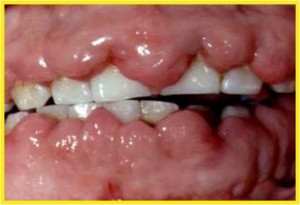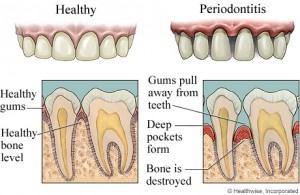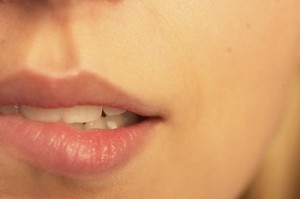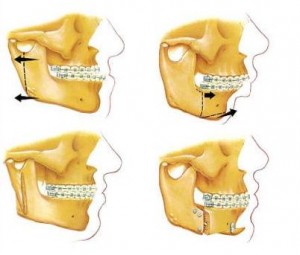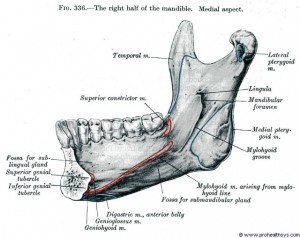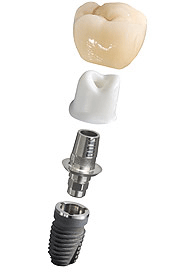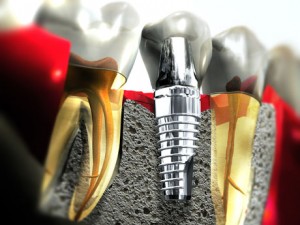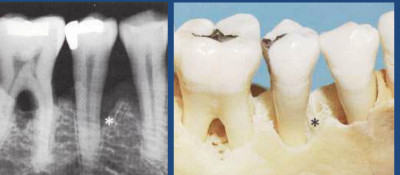 Periodontal disease involves the peridontium consisting of the gums, alveolar or jaw bone, the periodontal ligament and the cementum of tooth. Therefore it is of no surprise if the disease leads to bone defects in our jaw bone or cause furcation involvement. Continue reading
Periodontal disease involves the peridontium consisting of the gums, alveolar or jaw bone, the periodontal ligament and the cementum of tooth. Therefore it is of no surprise if the disease leads to bone defects in our jaw bone or cause furcation involvement. Continue reading
Author Archives: oileng
Effect of Systemic Factors on the Periodontium Part 2
Continued from Part 1
Drug reactions
- Epanutin/phenytoin/dilantin/DPH – an anticonvulsant drug given to epileptics, some degree of gums enlargement occurs in a large percentage of epileptics taking phenytoin, especially in those under 40 years of age.
- Cyclosporine – an immunosuppressive drug, it can produce fibrous hyperplasia of the gums. The condition is however less common in patients on cyclosporine, but when it occurs it may be very severe.
- Nifedipine – a calcium channel blocking drug given to treat cardiac angina, arrhythmias and hypertension, it produces fibrous hyperplasia of the gums. Nifedipine hyperplasia is less firm than the other two, and contains a higher proportion of ground substance. Continue reading
Effect of Systemic Factors on the Periodontium Part 1
The periodontium or the commonly known as the tooth supporting tissues consists of the gums, alveolar or jaw bone, the periodontal ligament and the cementum of tooth. Numerous systemic conditions can have effects on the periodontal tissues such as:
- Physiological changes (mainly sex hormone effects)
- Systemic disease – endocrines, genetic conditions, granulomatous conditions, blood disorders, immunological conditions, dermatoses
- Infections
- Drug reactions
- Dietary and nutritional factors
This article will discuss some of the systemic factors stated above that are more commonly seen. Continue reading
An Approach to Oral Ulcers
Oral ulceration is probably the commonest oral mucosal disease seen and it may also be the most serious. It is important therefore not to underestimate that ulcer in your mouth, especially if it persists for a long time. Continue reading
Orthognathic Surgery: What Is It?
Sometimes surgical procedures might be needed during orthodontic treatment when malocclusion is severe and beyond the limits of treatment with fixed dental braces. This orthodontic surgery procedure is called orthognathic surgery. Continue reading
Getting Adult Braces
There has been an increase in adults seeking orthodontic treatment over the recent years and it can be due to various reasons that include:
- Improved dental awareness with the advent of preventive dentistry and teeth are retained longer in the mouth.
- The issue of esthetic concern has reduced due to the introduction of ceramic and lingual brackets.
- Orthodontics or the wearing of teeth braces is now socially acceptable and can be a sign of affluence.
- Recommended by general dentists for restorative and periodontal care.
- Insurance and claims for dental treatment in some countries. Continue reading
Preprosthetic Surgery: Preparation of Mouth for Dentures Part 2
Continued from Part 1
Mylohyoid ridge reduction
Mylohyoid ridge is an oblique ridge on the lingual surface of the lower jaw which extends from the level of the roots of the last molar as a bony attachment for the mylohyoid muscles which form the floor of the mouth. Mylohyoid ridge reduction is needed when the gum ridge is sharp and denture pressure can cause significant pain in this area. Continue reading
Preprosthetic Surgery: Preparation of Mouth for Dentures Part 1
The prosthetic replacement of lost teeth frequently, though not necessarily, involves surgical preparation of the remaining soft tissues in the mouth. The aim is to leave a satisfactory base for subsequent placement of prosthetic appliances to enable an edentulous or toothless individual to live comfortably with functioning dentures.
Ideally treatment for these procedures should be planned jointly (by a prosthodontist and oral surgeon). However many procedures of preprosthetic surgery are becoming history due to advancements made in dental science such as the introduction of dental implants. Continue reading
About Dental Implants Part 2
Continued from Part 1
Components of implants
Implant
Implant is the endosteal (within bone) material that is placed within the bone during stage 1 dental implant surgery. It is either titanium or titanium alloy, with or without hydroxyapatite coating. Continue reading
About Dental Implants Part 1
Dental implants are now increasingly used to attach crowns, bridges or dentures by anchorage to bone. Despite its benefits, placement of implants requires careful patient selection and treatment planning to ensure long-term success of implants. Continue reading
